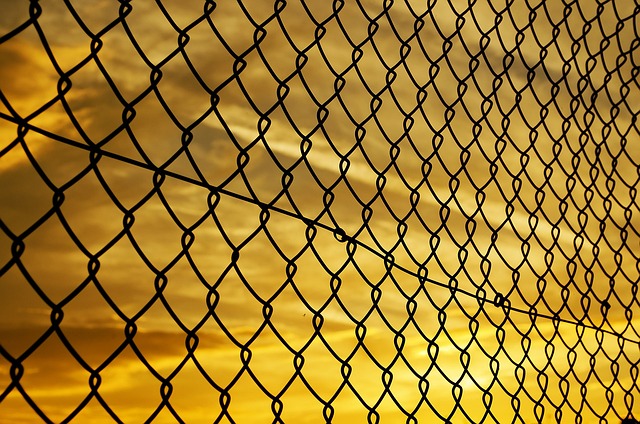Boost Your New Bedford Yard’s Privacy & Security: A DIY Fence Installation Guide
Are you a New Bedford homeowner looking to enhance your outdoor space? A new fence offers both aesthetic appeal and practical benefits, from increased privacy to improved security. This comprehensive guide walks you through the process of DIY fence installation, from understanding your material options suitable for New Bedford’s climate to planning, gathering tools, and maintaining your new barrier. Get ready to transform your yard into a secure oasis!
- Understanding Your Fence Options for New Bedford Yards
- Measuring and Planning Your Fence Installation
- Gathering the Necessary Tools and Materials
- Step-by-Step Guide to DIY Fence Building
- Tips for Successful Long-Term Fence Maintenance
Understanding Your Fence Options for New Bedford Yards
When considering DIY fence installation in New Bedford, homeowners have a range of options to choose from based on their specific needs and preferences. Wooden fences, a classic choice, offer natural beauty and can be customized with different styles and finishes. For a low-maintenance option, vinyl fences are durable and come in various colors and designs. Metal fences provide security and a modern aesthetic, ideal for those seeking a longer-lasting solution.
The size and layout of your New Bedford yard will also influence your decision. Consider the height and length requirements for privacy, security, or decorative purposes. Take measurements to ensure the fence you choose fits seamlessly into your space without needing extensive modifications.
Measuring and Planning Your Fence Installation
Gathering the Necessary Tools and Materials
Before starting your DIY fence installation project, create a comprehensive list of tools and materials to ensure a smooth process. Essential items include a measuring tape for accurate dimensions, a level to maintain straight lines, post-hole digger or shovel for digging, and a hammer or power drill for setting posts. Don’t forget the fence panels, brackets, fasteners, concrete mix, and rebar for reinforcement. Consider renting or borrowing specific tools like a post-hole digger or power saw if they’re not readily available, ensuring you have everything needed before beginning construction.
Gathering the right supplies is half the battle won; having them on hand will save time and prevent delays during installation. Make sure to choose materials that align with your local climate conditions and fence style preferences, ensuring longevity and aesthetic appeal for your New Bedford property.
Step-by-Step Guide to DIY Fence Building
Building your own fence can be a rewarding project for New Bedford homeowners looking to enhance their outdoor space. Here’s a straightforward guide to help you navigate the process, from preparation to completion. Start by assessing your yard and deciding on the type of fence that suits your needs and aesthetic preferences. Measure the perimeter carefully, marking the spots where posts will go. Gather all necessary materials, including fencing boards, posts, brackets, concrete, tools like a post-hole digger, and safety gear.
Clear the area of any debris or vegetation. Dig holes for the fence posts, ensuring they’re deep enough (at least one-third of the post’s height) to provide stability. Place the posts in the holes, use braces to support them, and pour concrete into the holes to secure them firmly in place. Once the concrete sets, attach horizontal rails to the posts using brackets. Fasten fencing panels or pickets to the rails, creating your desired fence design. Regularly inspect your work throughout construction for a sturdy, attractive finish.
Tips for Successful Long-Term Fence Maintenance
Regular cleaning and inspection are key to maintaining your fence over time. Start by sweeping or hosing down the fence to remove any dirt, leaves, or debris at least once a month, especially after harsh weather conditions like storms or heavy snowfall. This simple step prevents buildup that could attract pests or cause structural damage.
Additionally, keep an eye out for signs of wear and tear, such as rusted posts, loose panels, or damaged gates. Address these issues promptly to prevent further complications. Consider applying a fresh coat of paint or sealant every few years to protect the fence from the elements and prolong its lifespan.
